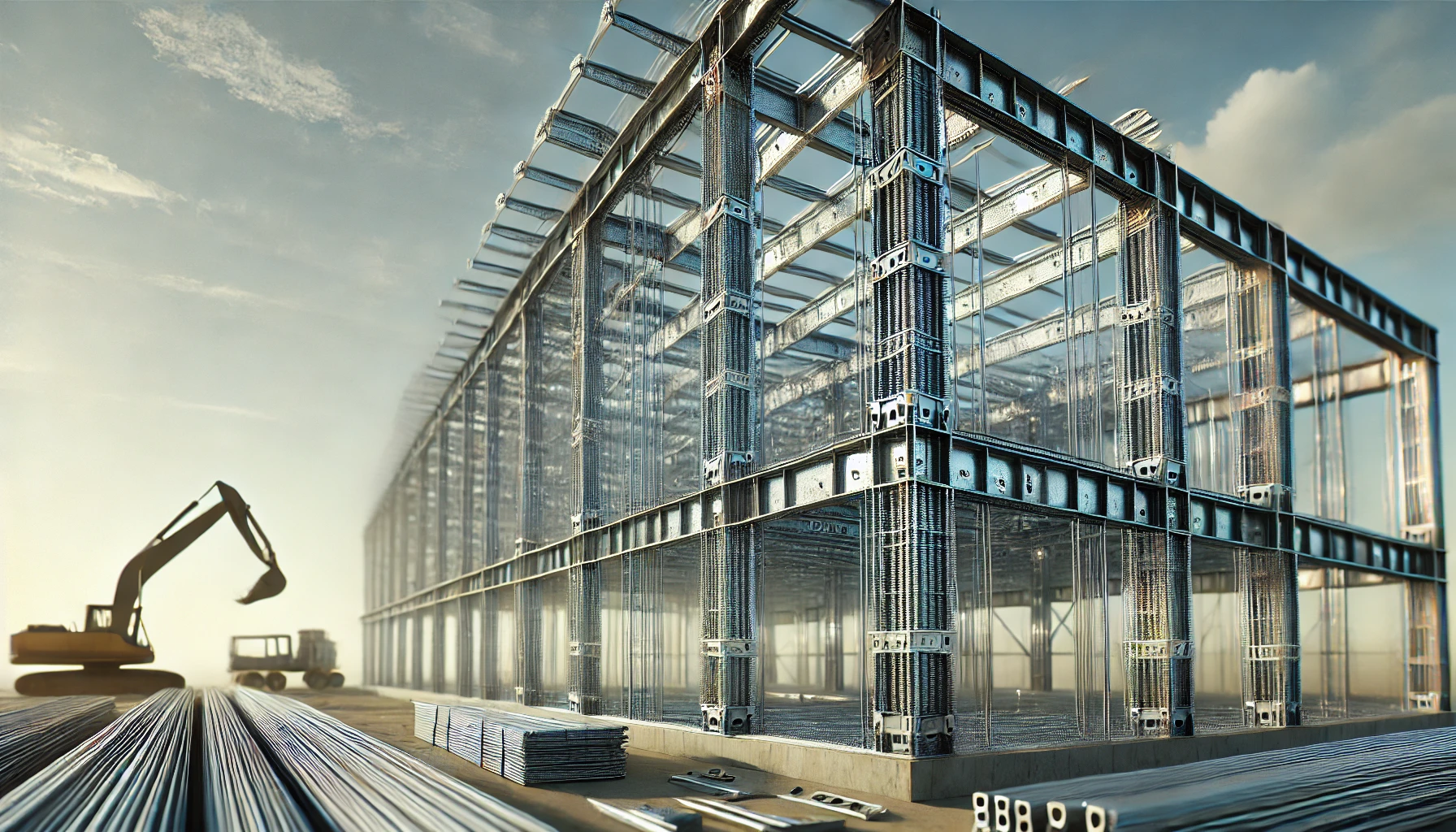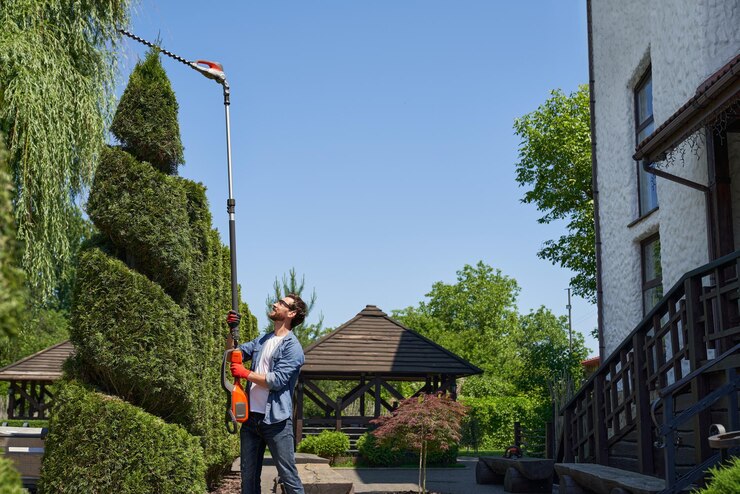When constructing metal buildings, ensuring stability and safety is crucial. A key component in achieving this is the use of steel wire braces. These essential elements provide additional structural support, making metal buildings more resilient to wind loads, seismic activity, and other external forces. In this article, we’ll explore the purpose, benefits, and installation process of steel wire braces in metal buildings to give you a comprehensive understanding of their importance.
What Is a Metal Building Steel Wire Brace?
A steel wire brace is a tension element used to stabilize metal structures. It is typically made of high-strength steel wires, designed to bear loads and provide support against lateral forces. These braces are installed in the walls, roofs, or frames of a metal building, forming an integral part of the structural system.
Steel wire braces are commonly used in industrial buildings, warehouses, agricultural buildings, and garages. They help maintain the building’s shape, preventing buckling or collapse under pressure from environmental forces such as wind or earthquakes.
Why Are Steel Wire Braces Important?
Steel wire braces play a vital role in maintaining the integrity of a metal building. Here are some reasons why they are indispensable:
- Strength and Stability: Steel wire braces enhance the building’s strength by distributing lateral loads, reducing stress on the main frame.
- Cost-Effective: Compared to other structural reinforcement methods, wire braces are more affordable and require less material.
- Flexibility in Design: Wire braces can be easily integrated into various metal building designs, offering flexibility in layout and structure.
- Seismic Resistance: Buildings equipped with steel wire braces have improved resistance against earthquakes, providing safety for occupants.
How Do Steel Wire Braces Work?
Steel wire braces work by providing tensile strength to a building’s structure. When external forces such as wind or seismic activity exert pressure on a metal building, the steel wire braces absorb these forces and transfer the load across the frame. This action helps prevent the walls or roof from buckling and ensures that the building maintains its integrity.
In metal buildings, steel wire braces are often placed in X-shaped patterns, linking the walls or roof sections. This creates a stable, triangular system that can efficiently distribute and absorb forces, preventing any part of the structure from becoming overstressed.
Types of Steel Wire Bracing Systems
There are several types of bracing systems used in metal buildings, depending on the structural needs. The most common types include:
- X-Bracing: This involves crossing steel wire braces in an X shape between columns or roof supports. It provides excellent lateral stability and is one of the most widely used bracing methods.
- K-Bracing: K-bracing connects steel wire braces in a K configuration. This method is ideal for buildings requiring large openings for windows or doors, as it keeps the space clear while offering support.
- V-Bracing: Similar to K-bracing, V-bracing involves a pair of diagonal braces forming a V-shape. It provides a good balance of lateral support and flexibility in design.
Benefits of Using Steel Wire Braces in Metal Buildings
Steel wire braces offer numerous benefits, making them a popular choice in metal building construction. Here are some key advantages:
- Increased Structural Integrity: Steel wire braces improve a building’s structural integrity by enhancing resistance to lateral forces.
- Longevity and Durability: Made from high-tensile steel, wire braces are designed to withstand harsh weather conditions and last for decades without significant maintenance.
- Quick Installation: Wire braces are easy to install, which reduces construction time and labor costs.
- Versatility: Steel wire braces can be used in a wide range of building types, from small garages to large industrial complexes.
- Enhanced Safety: Buildings equipped with steel wire braces offer enhanced safety in the event of strong winds or seismic activity.
How to Install Steel Wire Braces in Metal Buildings
The installation of steel wire braces requires careful planning and precision to ensure maximum effectiveness. Here’s a simplified overview of the process:
- Design and Planning: The first step is to assess the building’s design and determine where the steel wire braces will be most effective. Engineers typically place braces in areas prone to lateral forces, such as the walls and roof.
- Preparation: Before installation, it’s important to ensure that the building’s frame is properly aligned. Any misalignments could reduce the braces’ effectiveness.
- Attachment: Steel wire braces are attached using steel connectors, bolts, or welds. They are usually fastened at each end to a rigid structural element, such as a column or beam, ensuring that the brace can effectively transfer loads.
- Tensioning: Once installed, the braces must be tensioned to the correct level to provide the necessary support. This is typically done using a tensioning tool that pulls the wires taut, ensuring they can bear loads as intended.
- Inspection and Testing: After installation, the braces are inspected to ensure they are properly secured and provide the desired structural support. In some cases, load tests may be conducted to verify the brace’s strength and effectiveness.
Final Thoughts on Steel Wire Braces
Steel wire braces are an essential component of metal buildings, providing structural integrity, safety, and durability. Their versatility, cost-effectiveness, and ability to resist lateral forces make them a valuable addition to any metal structure.
When planning a metal building project, incorporating steel wire braces can ensure long-term stability and safety, particularly in regions prone to high winds or seismic activity. Understanding how steel wire braces function and the benefits they offer can help you make informed decisions when constructing or retrofitting metal buildings.
By reinforcing your metal structure with these braces, you’ll not only increase its lifespan but also improve safety and peace of mind for anyone who uses the building.
Stay tuned for the latest updates and notifications from TechBuild, where we bring you cutting-edge insights, trends, and innovations from the world of technology. Don’t miss out on essential information to stay ahead in the tech industry!











